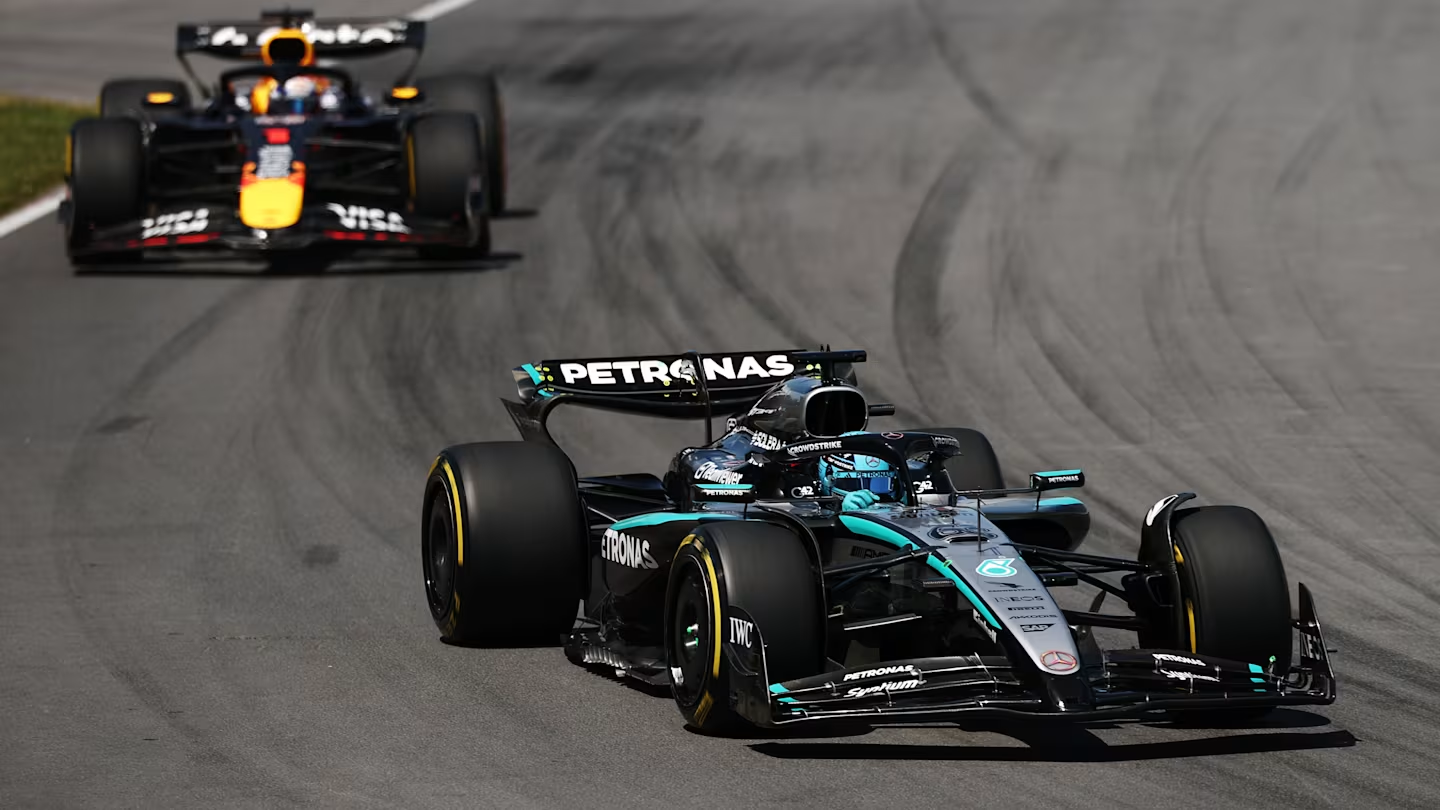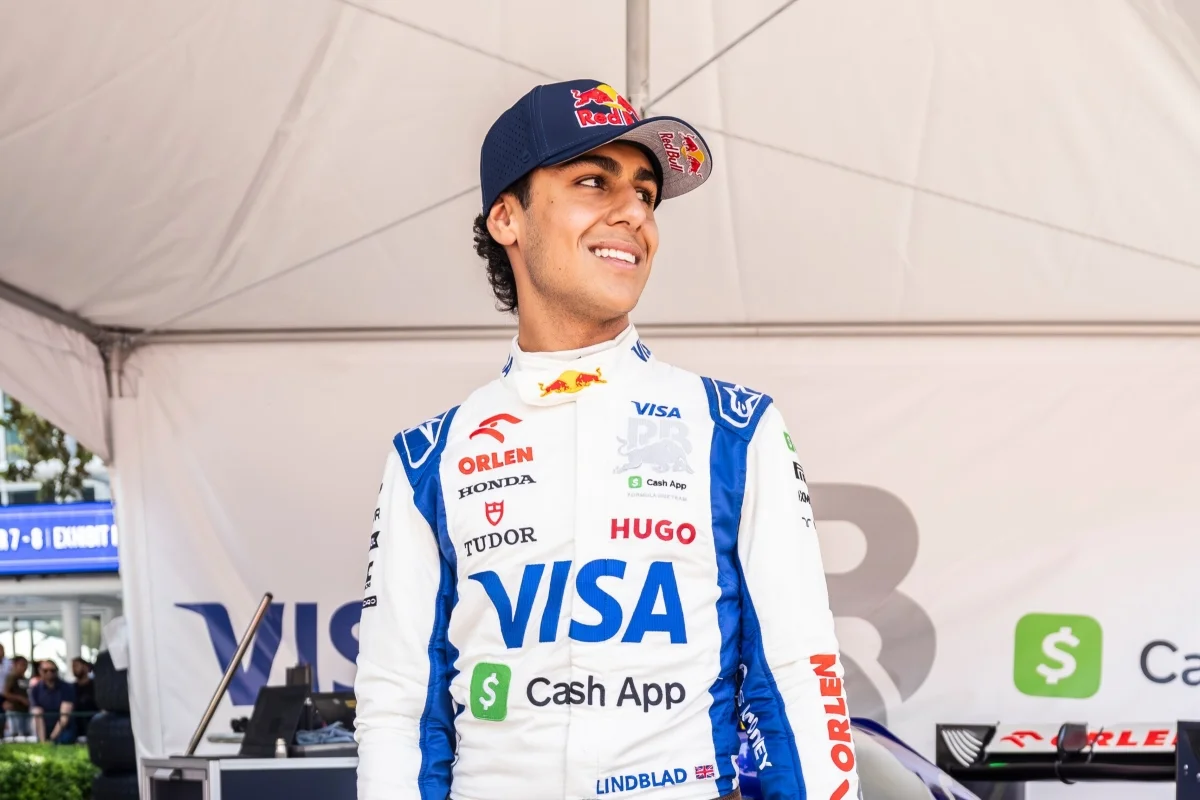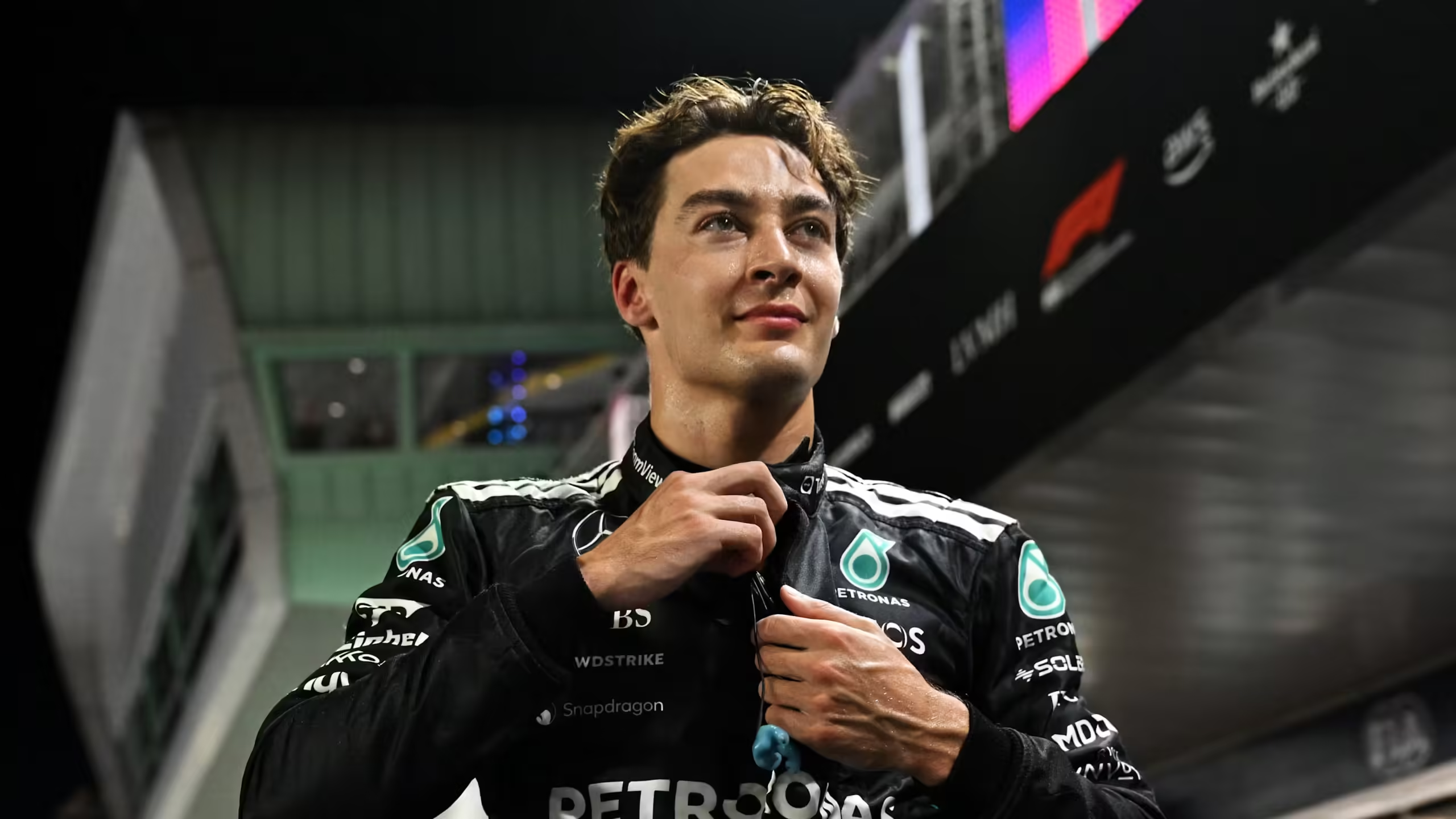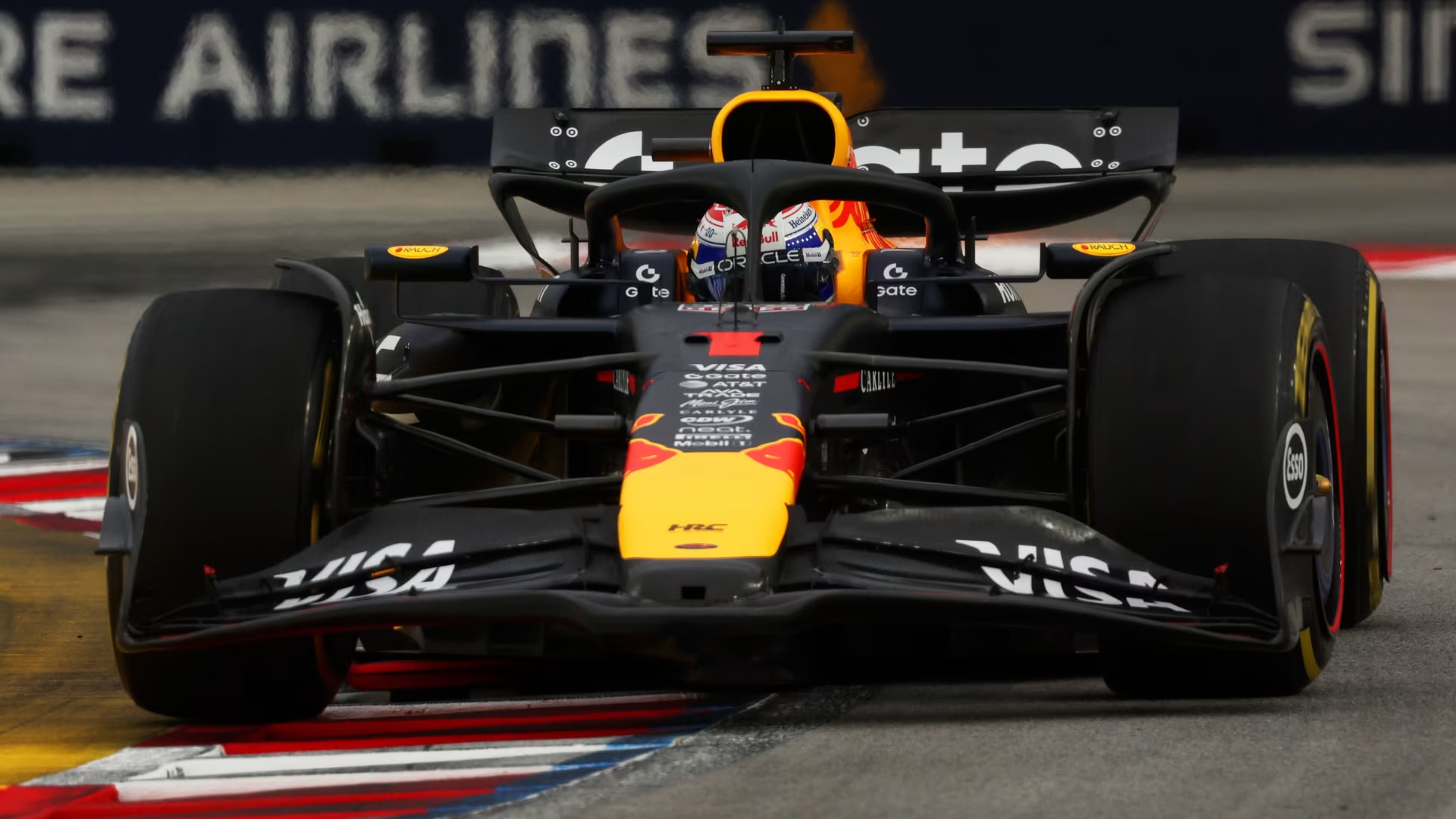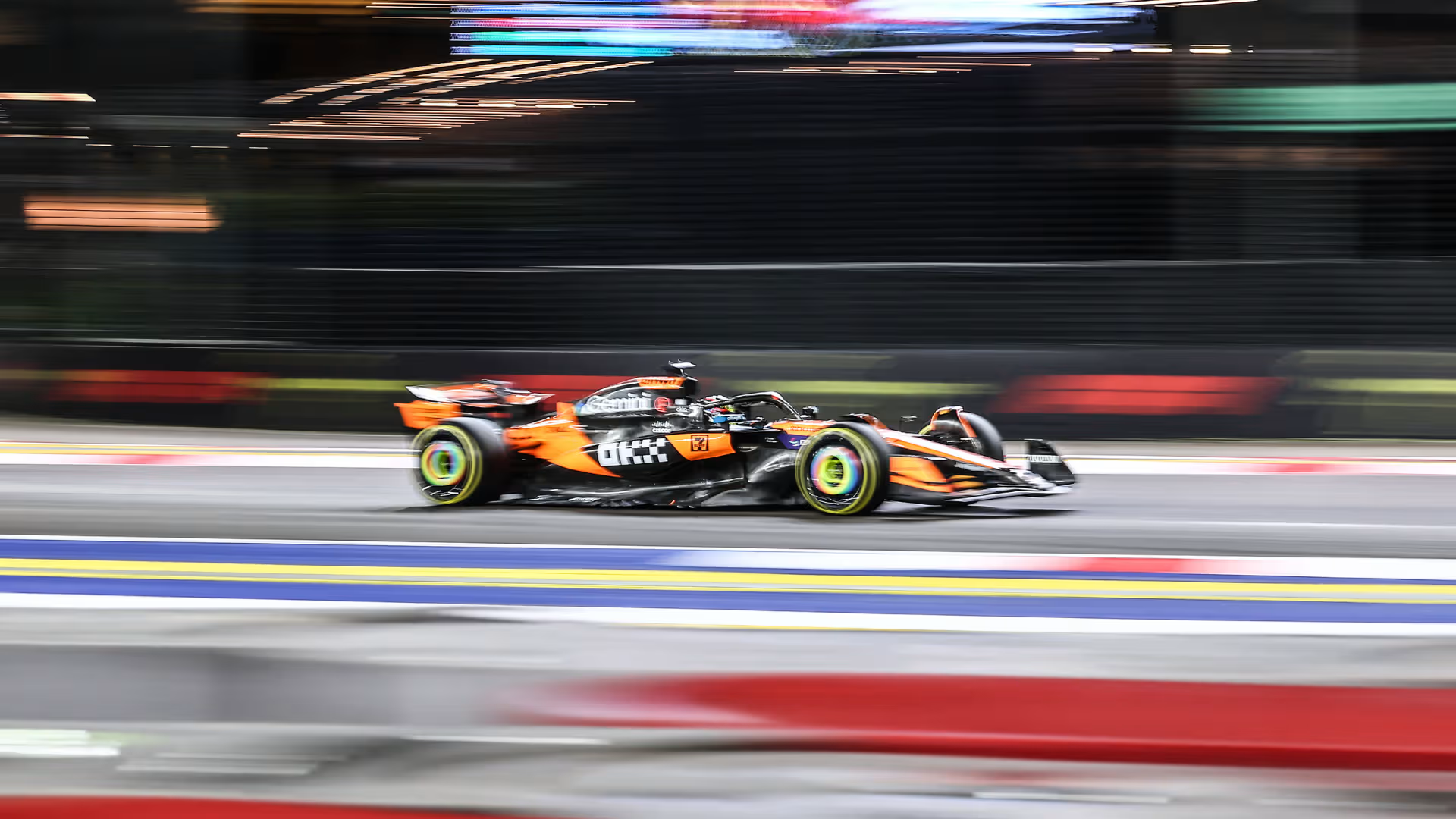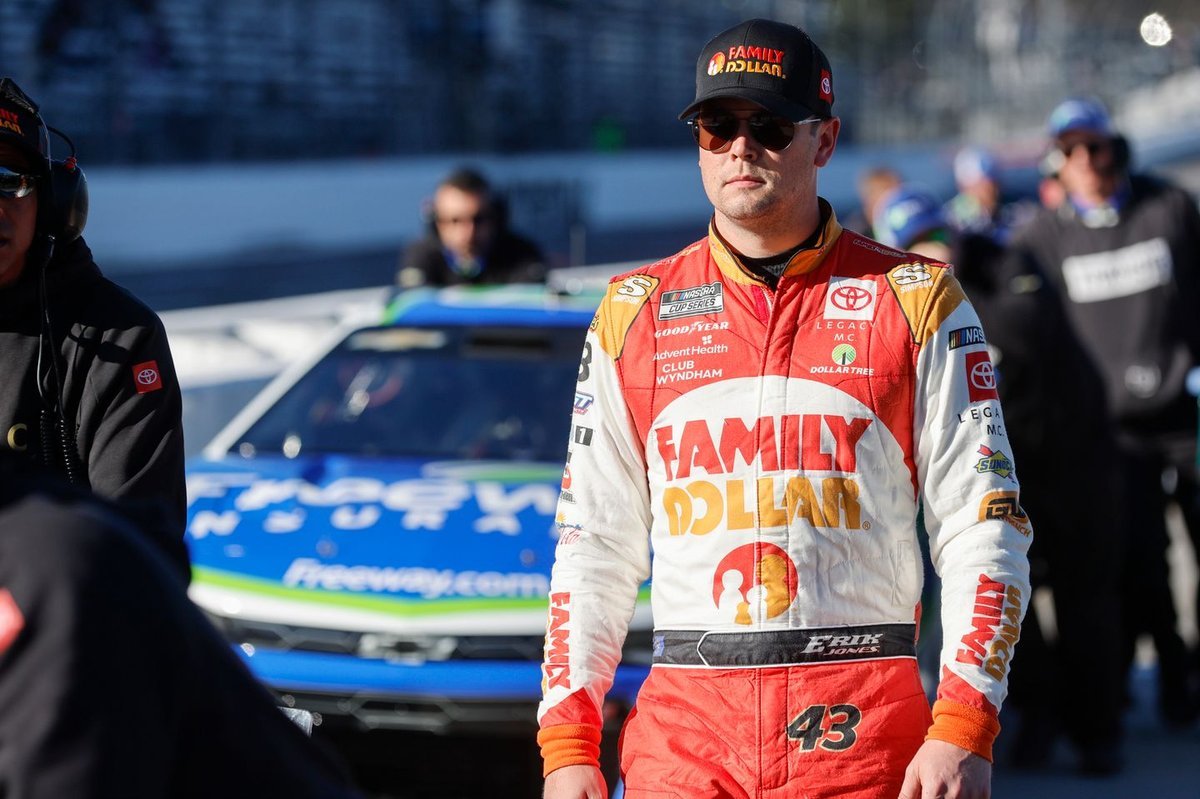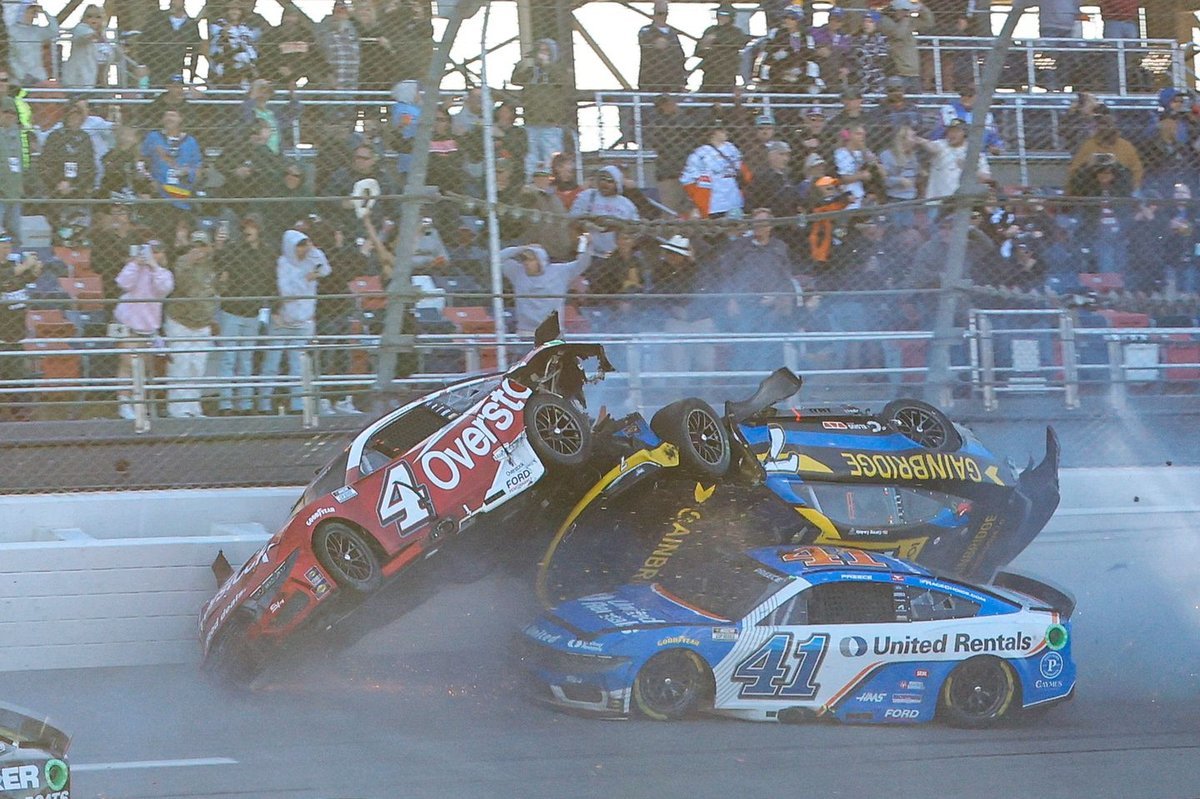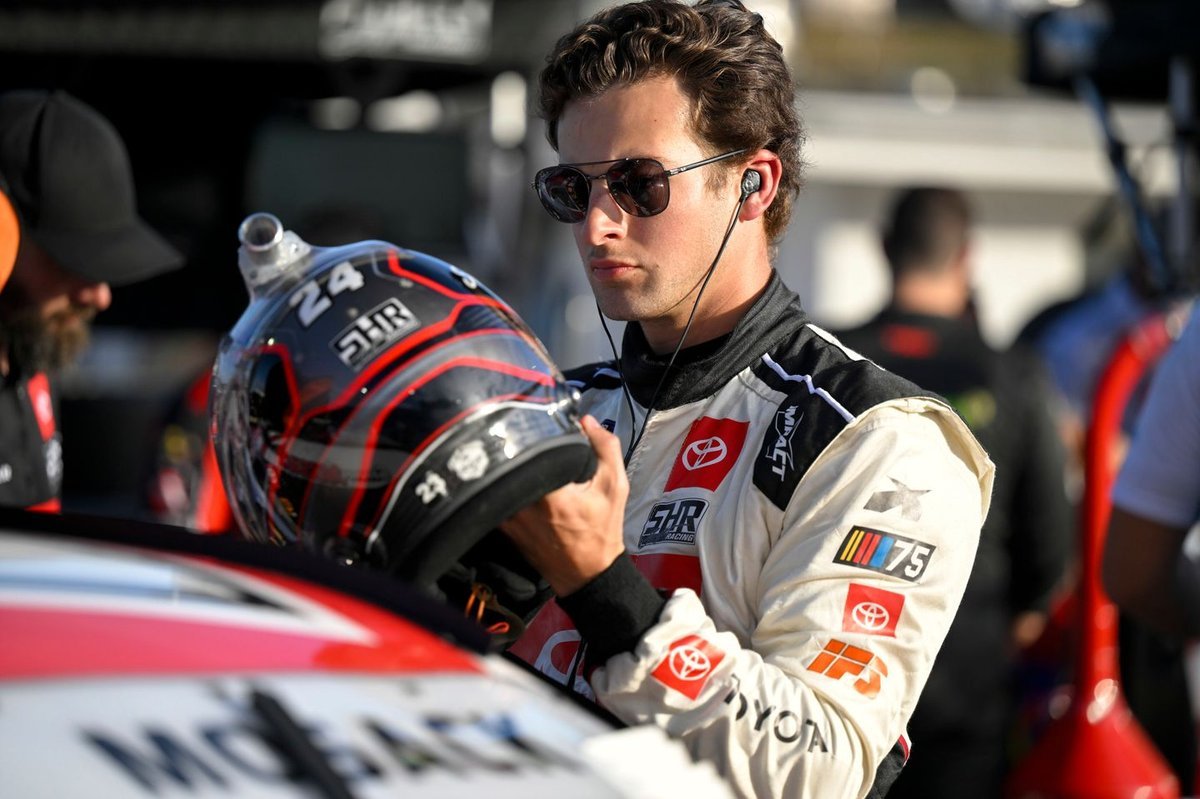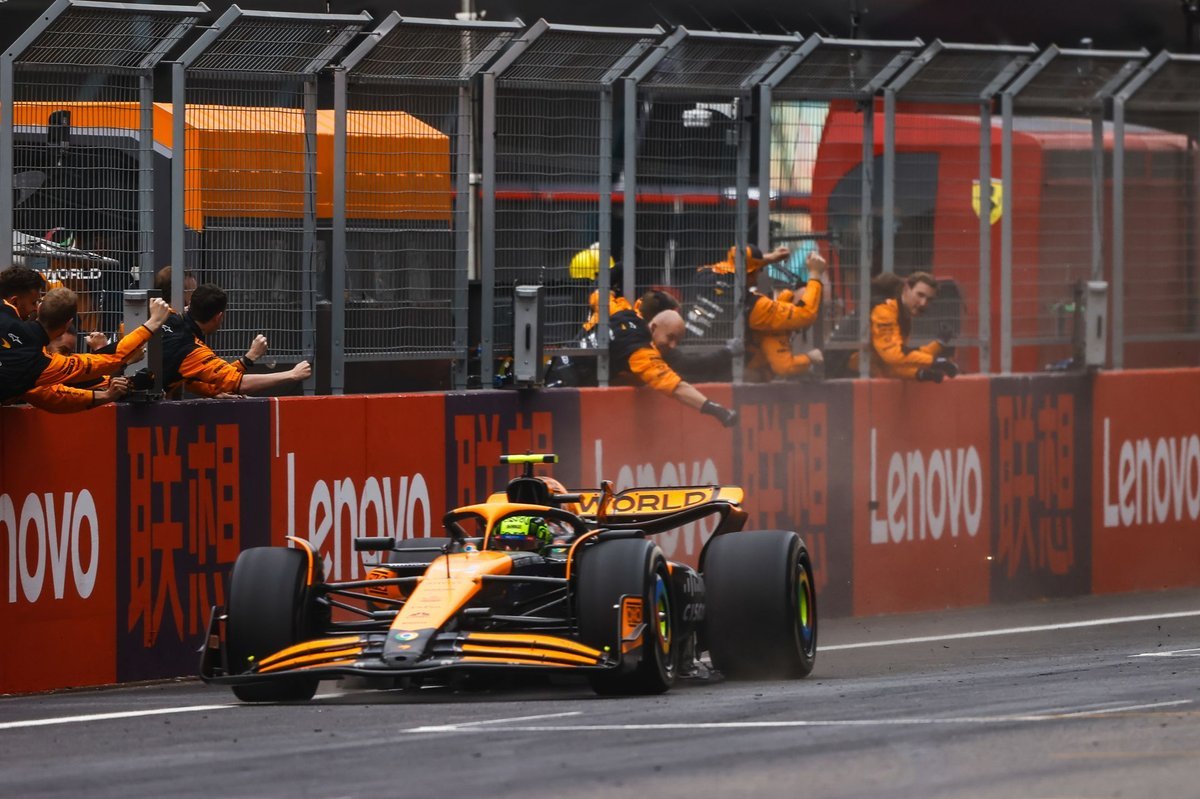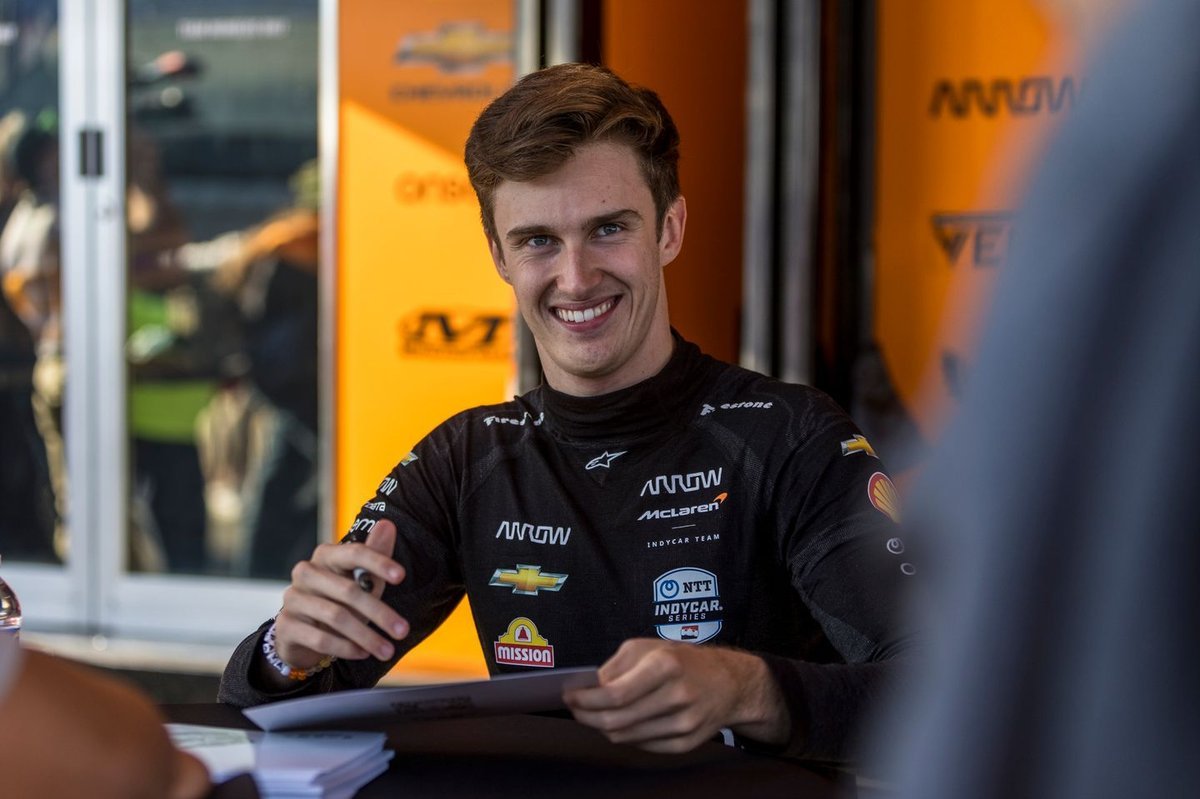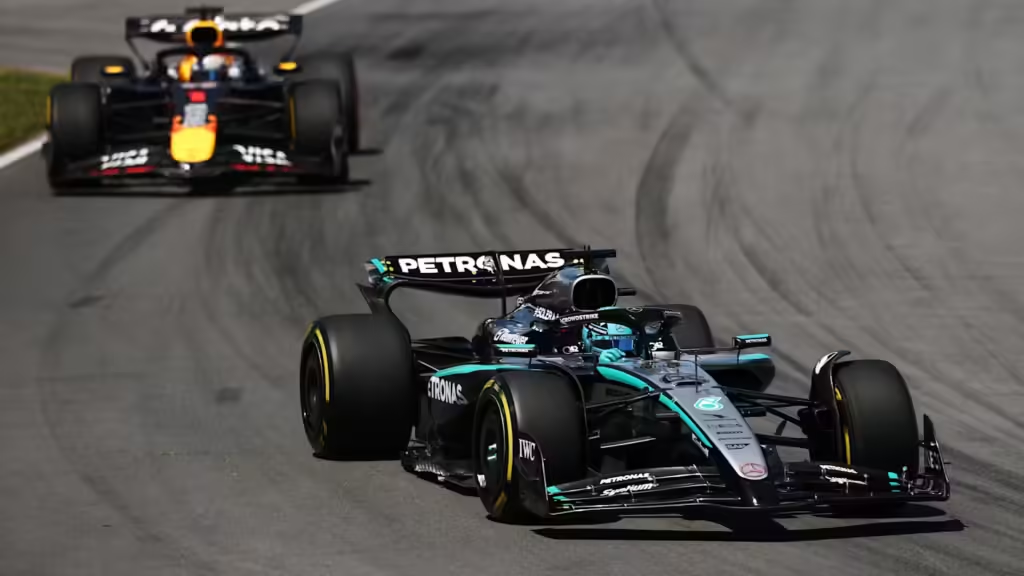
George Russell victory upheld in Canadian Grand Prix 2025. Red Bull protest rejected after Safety Car controversy. FIA stewards decision ends Russell vs Verstappen rivalry debate.
Introduction
The 2025 Canadian Grand Prix was anything but dull. With late-race drama, team tensions, and a post-race protest, fans were left on the edge of their seats. At the center of it all stood George Russell, who crossed the finish line first for a triumphant Mercedes F1 win. But what followed was just as intense — a formal protest from Red Bull, challenging the legitimacy of Russell’s victory over Max Verstappen.
The protest, centered on an alleged Safety Car controversy, was ultimately dismissed by the FIA stewards, solidifying what now stands as a definitive George Russell victory. So, what exactly happened behind the scenes? And how did Russell manage to come out on top in this heated Russell vs Verstappen rivalry?
Table of Contents
| Sr# | Headings |
|---|---|
| 1 | The Final Laps: High Drama at the Circuit |
| 2 | Norris and Piastri: A Crash That Sparked It All |
| 3 | Safety Car Deployed: Chaos in Control |
| 4 | Russell’s Braking Incident Explained |
| 5 | Verstappen’s Overtaking Claim |
| 6 | Red Bull’s Official Protest |
| 7 | FIA’s Response and Race Control Assessment |
| 8 | Tim Malyon Weighs In |
| 9 | Mercedes’ Defense of Russell |
| 10 | Stewards’ Verdict: Protest Rejected |
| 11 | What It Means for the Championship |
| 12 | Russell vs Verstappen: Rivalry Intensifies |
| 13 | Lessons from the FIA Protest Decision |
| 14 | Impact on McLaren After Lando and Piastri Crash |
| 15 | What Fans Should Expect Going Forward |
1. The Final Laps: High Drama at the Circuit
With just a few laps to go in the Canadian Grand Prix 2025, things were tense. George Russell had managed to fend off Max Verstappen, leading the race with poise. But in true F1 fashion, a dramatic twist was just around the corner.
2. Norris and Piastri: A Crash That Sparked It All
The spark came in the form of an unexpected collision — Lando Norris and Oscar Piastri, both racing for McLaren, clashed wheels on Lap 67 of 70. Norris, unfortunately, was forced to retire after the crash, pulling off track and prompting the Safety Car.
It was a heartbreaking moment for McLaren, losing out on critical points due to a teammate collision.
3. Safety Car Deployed: Chaos in Control
As the stricken McLaren was being recovered, the Safety Car led the drivers around the track. This was when the controversy began brewing. Russell, feeling Verstappen might have overtaken him, called it out on team radio. Meanwhile, Max shot back, claiming Russell was “braking erratically.”
The tension wasn’t just on the track — it was now live on every radio feed.
4. Russell’s Braking Incident Explained
What was Russell actually doing? According to Mercedes, and later the FIA stewards decision, Russell was performing periodic braking — a common tactic during Safety Car periods to keep tire and brake temperatures optimal.
Think of it like warming up your muscles before a sprint. You don’t just jog — you stretch, bounce, stay warm. That’s exactly what Russell did.
5. Verstappen’s Overtaking Claim
Verstappen, though, claimed he was forced to overtake when Russell’s braking caught him off guard. Red Bull insisted this wasn’t just a misunderstanding, but something that influenced the race outcome. Their concern? That Russell’s braking triggered a Verstappen overtaking claim, giving Russell leverage to accuse Max of foul play.
6. Red Bull’s Official Protest
Red Bull filed an official Formula 1 protest decision request, claiming:
- Russell “braked unnecessarily between Turns 12 and 13.”
- Verstappen overtook but then dropped back.
- Russell’s radio complaint showed “unsportsmanlike intent.”
In other words, they felt Russell was gaming the system.
7. FIA’s Response and Race Control Assessment
Race Control, backed by FIA’s own review, saw no reason to escalate during the event. Why? Because periodic braking is expected under the Safety Car. In fact, they clarified that there’s always a tolerance for the 10-car length rule due to these necessary fluctuations in speed.
This alone put Red Bull’s protest on shaky ground.
8. Tim Malyon Weighs In
FIA Sporting Director Tim Malyon supported the stewards’ viewpoint, adding that nothing in Russell’s actions breached sporting conduct. His input held weight — this was not just a call made in isolation, but after in-depth review from those overseeing Race Control assessment.
9. Mercedes’ Defense of Russell
Mercedes came prepared. Their defense hinged on two main arguments:
- Russell’s braking was within expectations.
- His radio message was factual, not manipulative.
They emphasized that George was maintaining space to the Safety Car and ensuring optimal car conditions — a routine practice.
10. Stewards’ Verdict: Protest Rejected
After hearing both sides, the stewards delivered a clear message: Red Bull protest rejected. They ruled that George Russell did not drive erratically or act with bad intent. The FIA stewards decision confirmed the race classification stood, making it an official George Russell victory.
11. What It Means for the Championship
With this ruling, Russell’s win remains intact. More importantly, it breathes life into Mercedes’ F1 win hopes for the season. Each point matters in the title race, and this victory could be pivotal.
12. Russell vs Verstappen: Rivalry Intensifies
The rivalry between Max Verstappen vs George Russell just got a lot more personal. These two don’t just battle on the track — they clash in philosophies, in team strategies, and now, even in legal documents. Expect fireworks ahead.
13. Lessons from the FIA Protest Decision
This whole saga shows how intricate F1 regulations can be. A split-second brake, a minor pass, a radio message — all can influence post-race arguments. The FIA protest decision reinforces the need for clear-headed rule enforcement and communication.
14. Impact on McLaren After Lando and Piastri Crash
Let’s not forget what started it all — the Lando Norris crash and Oscar Piastri collision. McLaren will be reeling, not just from the points loss, but from the internal pressure it creates between teammates. Expect serious talks in Woking.
15. What Fans Should Expect Going Forward
The Canadian Grand Prix 2025 may be over, but its ripples are far from gone. The Verstappen-Russell storyline is heating up. With several races still ahead, buckle up — this could be one of the most memorable seasons in years.
Conclusion
What started as a bold Mercedes F1 win turned into a multi-layered drama full of tension, accusations, and ultimately, vindication for George Russell. In the world of Formula 1, every moment counts, and in this case, every brake tap did too. With the Red Bull protest rejected, the score stands: Russell 1, Verstappen 0 — at least for now.
FAQs
1. Why did Red Bull protest George Russell’s Canadian Grand Prix victory?
Red Bull believed Russell braked unnecessarily under the Safety Car, causing Verstappen to overtake him briefly, and accused him of unsportsmanlike behavior.
2. What was the FIA’s decision regarding the Russell braking incident?
The FIA deemed Russell’s actions normal and within expected behavior under the Safety Car. The protest was rejected.
3. Did Max Verstappen receive a penalty for overtaking under the Safety Car?
No, Verstappen was not penalized. The FIA did not find any rule violation serious enough to warrant punishment.
4. What impact did the Lando Norris crash have on the race?
Norris’s crash led to the Safety Car deployment, which triggered the chain of events resulting in the protest.
5. Will this incident affect the Russell vs Verstappen rivalry?
Absolutely. It has only added fuel to an already fiery rivalry, with both drivers now eyeing future showdowns more intensely than ever.

